CAIRO—The Nile Group Festival of performances and workshops kicked off in Cairo, Egypt, the night of Nov. 16 amid the glitter, giggles, and wild applause from over 500 predominantly female audience members.
“I think this is the biggest one they‘ve had,” said Marte Kjoell, a petite blond belly dancer who traveled from her home city of Oslo, Norway, to dance at the festival—the 14th in five consecutive years.
Kjoell says that the Nile Group Festival, one of the few belly dance festival and workshop events in Egypt, is “a really good value for the money and a really good alternative to trying to learn belly dancing in Egypt on your own.” Besides the Nile Group Festival, there is Raquia Hassan’s Ahlan wa Sahlan and the Farha Festival in Luxor.
The festival remains relatively small and personal. Students find themselves sitting next to Nile Group’s international star performers and choreographers of Egyptian dance. The festival and accompanying dance performances are held three times a year, and starting in 2010 it will be held four times annually.
Amateur and professional dancers from around the world—including Japan, Europe, the United States, China, Australia, and South America—attended the Nile Group Festival’s 50 workshops spanning six days.
Some of the most talented people in the workshops exhibiting graceful Eastern and Egyptian folkloric moves came from China and Japan, where belly dancing is growing in popularity.
“I think this is the biggest one they‘ve had,” said Marte Kjoell, a petite blond belly dancer who traveled from her home city of Oslo, Norway, to dance at the festival—the 14th in five consecutive years.
Kjoell says that the Nile Group Festival, one of the few belly dance festival and workshop events in Egypt, is “a really good value for the money and a really good alternative to trying to learn belly dancing in Egypt on your own.” Besides the Nile Group Festival, there is Raquia Hassan’s Ahlan wa Sahlan and the Farha Festival in Luxor.
The festival remains relatively small and personal. Students find themselves sitting next to Nile Group’s international star performers and choreographers of Egyptian dance. The festival and accompanying dance performances are held three times a year, and starting in 2010 it will be held four times annually.
Amateur and professional dancers from around the world—including Japan, Europe, the United States, China, Australia, and South America—attended the Nile Group Festival’s 50 workshops spanning six days.
Some of the most talented people in the workshops exhibiting graceful Eastern and Egyptian folkloric moves came from China and Japan, where belly dancing is growing in popularity.
Evolution of the Dance
Egyptian dance is best known for two forms: “belly dance” and “baladi.” “Belly dance” is a term coined by Westerners who first observed traditional folkloric Egyptian dance, and “baladi” (meaning country or country dance) was performed by women with large bellies who did not wear corsets as their European contemporaries did.
Over the past century, Egyptian dance assimilated elements of ballet and jazz technique, quickly evolving into the graceful, feminine style of belly dance seen today, also known as “raqs sharqi” meaning “dance of the East” in Arabic.
Though belly dance has been captured on film since the turn of the 19th century, the dance came to the world stage as an art form with belly dance star actresses such as Samia Gamal, Soheir Zaki, and Fifi Abdo who were cultivated by the Egyptian film industry. These individuals were closely followed by Hollywood filmmakers who used belly dancers to depict the exotic Orient in 1950s films.
In Egypt, however, the government has kept a cautious eye on this dance form because it remains a dance style typically exclusive to women and is used in dubious “cabarets” by sex workers to attract male clients.
“I’m against any sex-related situation” where belly dance is concerned, said head organizer of the Nile Group Festival Mohamed Abou Shebika, who doesn’t want people to have “bad ideas about the dance.”
Though certain forms of belly dance can be found in seedy night clubs, according to Shebika, all embassies in Cairo have parties or large events where belly dancers are invited to perform.
“We watch dancers from around the world and learn from students, and students learn from us,” he said.
While in more developed countries belly dancers are often a main attraction in Middle-Eastern and Mediterranean restaurants and still hired to perform at theme parties or weddings, in Egypt belly dancing has been shunned in recent years and commonly thought of as being linked to prostitution. In Cairo, only a few high-priced hotel venues remain where belly dance is intact as a respected entertainment art form.
“Until 1994, night clubs in Cairo were full, everyone would come to see belly dancers,” said Shebika. With the economic trouble faced by the lower and middle class, the general Egyptian public is not willing or simply cannot afford to pay the entrance fee of higher-end establishments where professionally trained belly dancers perform, he explained.
“Before, 80 percent of Egyptian weddings had a belly dancer performing. Whether rich or poor, people had belly dancers perform,” said Shebika. He sees the decline of the dance form in Egypt as a result of the economy.
For formal events, where belly dancers performed to lighten the mood and heighten festivities, even the Egyptian middle class now opts for hiring a DJ instead of paying the weighty fee for a professional dancer adorned in an expensive costume.
A Living Tradition
Nevertheless, for this one week, the Nile Group Festival has again turned Cairo into a hub for belly dance enthusiasts.
“I want to show the living tradition, the original tradition of the dance,” says Liza Laziza, a Nile Group Festival instructor and star performer with 20 years of belly dance under her hip scarf.
When it comes to this dance form, “less is more,” says Laziza whose classical dance style focuses on subtle movements linked with emotion and acting. Her style is in contrast with the latest styles, which use complex, fast-paced choreography suitable not only for a solo dancer but also for a troupe.
“We all can do oriental dance but we all need to relax,” said Laziza.
For Laziza, she says that her greatest personal pleasure of teaching at the Nile Group Festival is “knowing that I am passing on the knowledge of the dance, the emotion and the motion.”

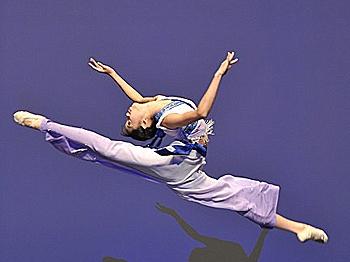
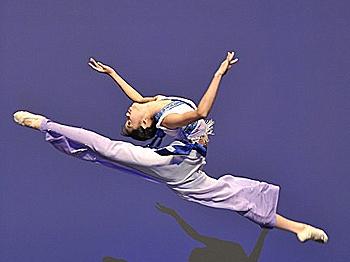
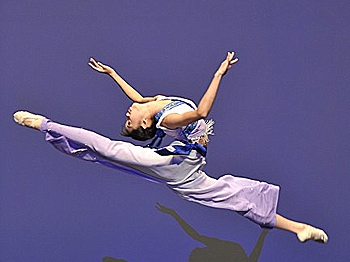
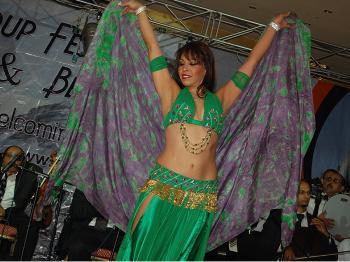
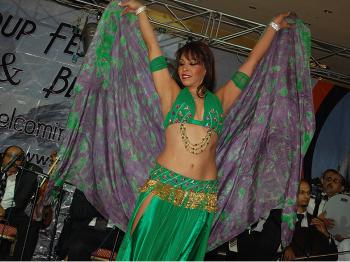
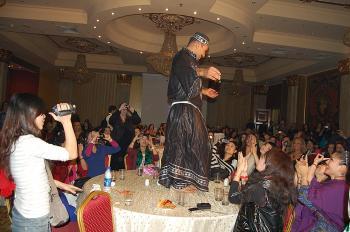
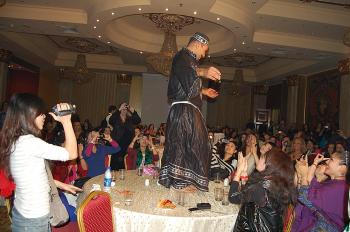

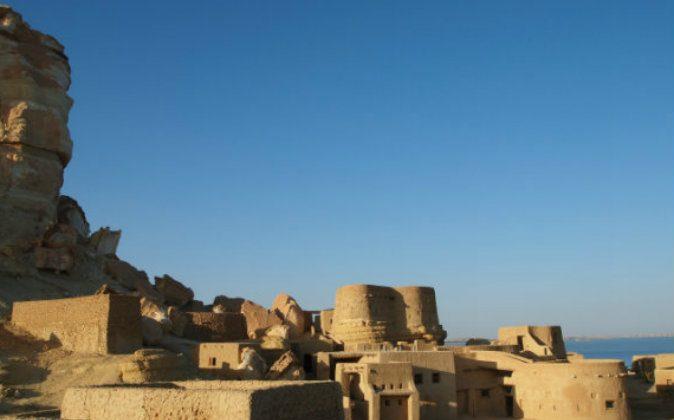

Friends Read Free